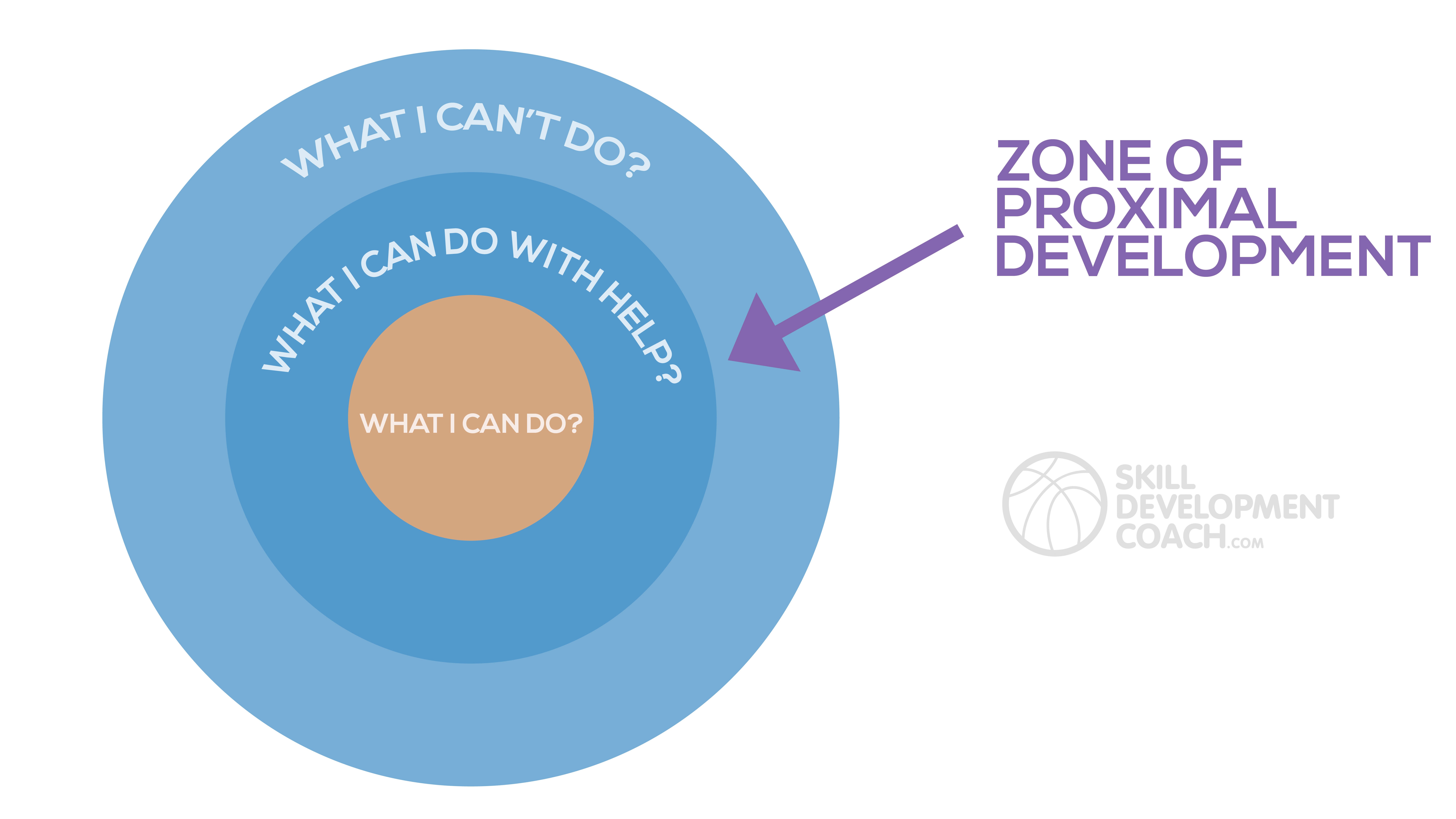Coaching Kindergarten Basketball
by SKILL DEVELOPMENT COACH |
Jun 1, 2018 3:00:00 PM |
basketball coaching,
coaching youth basketball,
coaching basketball,
coaching kindergarten basketball
|
5 Comments

There is a reason that Blues Clues surpassed Sesame Street as the most popular show for kids.
While both were tremendously popular, two of the main reasons that Blues Clues was so successful were because of the show's duration and repetition.Blues Clues ran the same half hour show all week. By the time Friday came around, the kids all knew what to expect. Why exactly Blues Clues soared in popularity is illustrated by Malcolm Gladwell in chapter three, Stickiness, of his book, The Tipping Point.For kids as young as five and six years old, the goal of any youth sports practice is participation, engagement, entertainment, fun, exercise, and to improve motor skills and dexterity. Young players simply need to learn to love the game and enjoy being at practice. If it is high levels of basketball coaching that you are curious about, then click here.
It's important to remember that 5 on 5 basketball is completely useless for kindergarten basketball practices. However, games like red light green light, dribble tag, sharks and minnows (having practices with 4 dribblers and the rest of the players trying to run across the court from side to side) can be very productive and fun for kindergartners.
Kindergarten basketball practices should be 100% skill based with games being all dribbling games, passing games, and shooting games.
It's important to be aware of the something called The Zone of Proximal Development.

Scaffolding is an important part of how children learn. Scaffolding refers to the way the adult guides the child's learning via focused questions and positive interactions. Never underestimate the importance of providing assistance and asking kids questions, such as:
- What else is possible here?
- When you do _________, what are you noticing?
- What happens when we add or do this __________?
Your Kindergarten Basketball Practice Plan
How can you conduct your basketball practice for kindergartners so that they can experience a sense of consistency from practice to practice?Note: Consistency begins with how you begin every practice.
Warm up progression (5-10 min)
- Basketball practice for kindergartners should begin with having a few lines of players that run back and forth to give a teammate a high five.
- You can take that into skipping or defensive slides moving laterally.
- Then dribbling with a basketball: right hand, left hand, alternating hands.
Ball Handling (30 min)
- Most of what you will be able to do with 5 and 6 year olds is going to be related to dribbling the basketball so every player having their own basketball is really important to keeping players engaged.
- The more that they can each handle the basketball and get practice with coordination with the ball, the better.
- Even dribbling and ball handling drills like 2 ball dribbling, waist wraps, leg wraps, alternating scissor catches are fun for kids to try.
Note: If you are coaching kindergarten basketball, It is better for players to receive multiple sets of repetitions with the same 5-6 core skills than it is for them to practice more skills and only get one set of repetitions.
Bounce Passing and Catching (5-7 minutes)
- The biggest obstacle that you will have to overcome with young, kindergarten basketball players is that many of them will be afraid of the ball.
- Starting them in partners close together and just focusing on bounce passing and catching is very helpful.
- After each player is more comfortable, or for players that are more ready, you can have the players pass. Then move to a different spot after each pass.
- Some players will have a hard time catching stationary. Many will have a hard time catching after they move. But that's ok.
Finish with Fun Games:
- Filling up a balloon and seeing if players can hit it up in the air and get as many dribbles in a row can be very fun for players. You can make variations to the game by having the players change hands every time they hit the balloon, play with a partner, or as the improve, have them try to see how many times they can hit their balloon while maintaining their dribble.
End of practice:
End every practice with a character development card.


